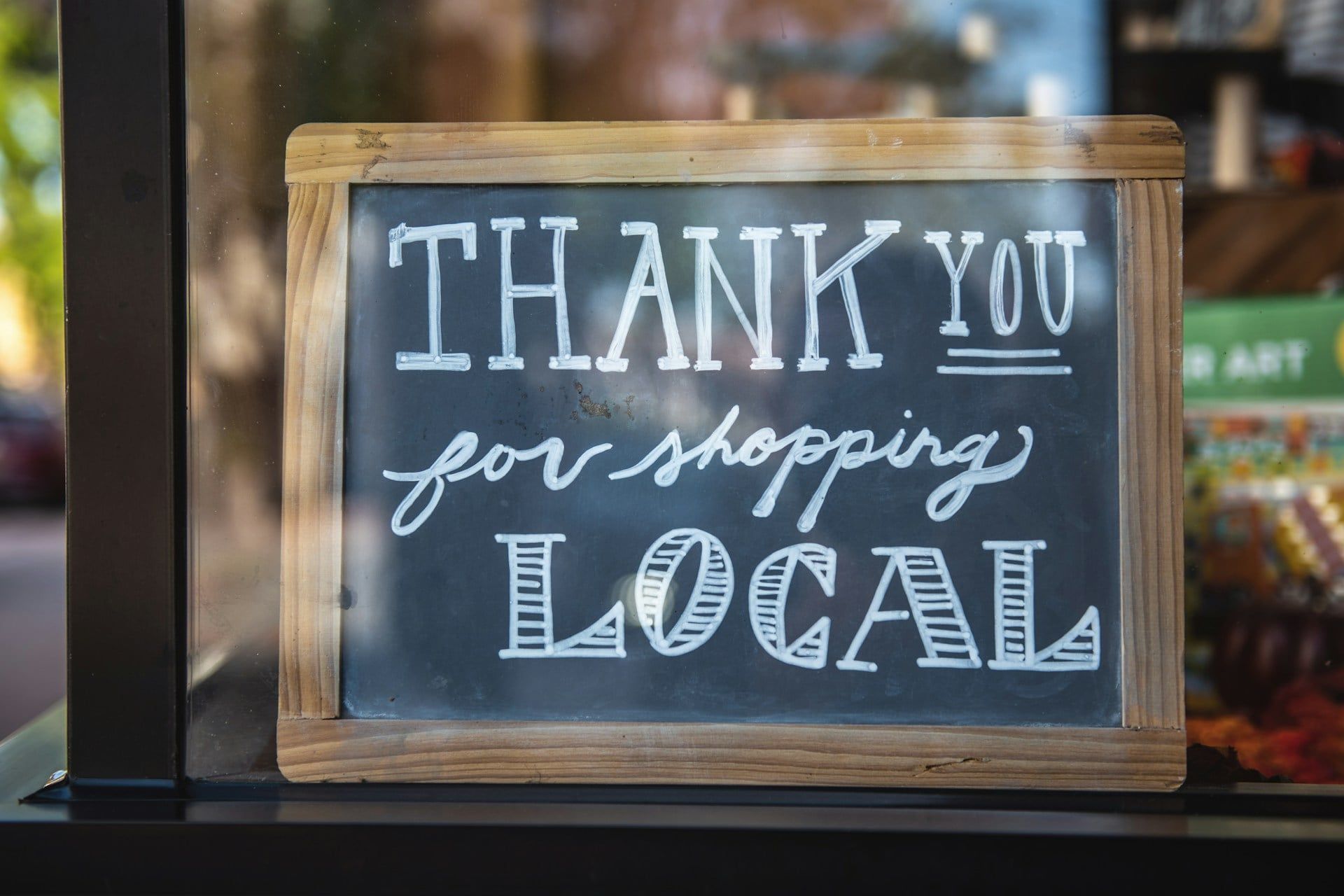
Did you know that e-commerce sales in Canada are projected to hit over $74 billion in 2025?
That's a staggering number of sales, and it just shows how successful the e-commerce industry is in Canada. If you're reading this, then the chances are you have a website yourself, but are you truly maximizing your slice of the pie?
I've seen firsthand how many local businesses struggle to convert website visitors into paying customers. They have a great product and a beautiful website, but something's just...off.
And they're not making as many sales as they could be.
In most cases, the whole setup is simply not built for success, equalling a lot of lost revenue. However, with a bit of know-how and a few tweaks, things can be better than ever.
These tweaks and know-how are what we're talking about today, breaking down what you need to know into eight easy-to-follow strategies that will make a very real difference.
Let's get into it.
What are the essential e-commerce SEO principles?

Before we get into the fancy stuff, we need to cover the essentials. Think of this as building the foundation of your e-commerce house.
Without a solid base, everything else crumbles.
These core SEO principles are non-negotiable for any Edmonton business looking to succeed online.
Keyword research
You need to understand what your potential customers in Edmonton are actually searching for. Are they looking for "best winter boots in Edmonton" or "organic dog treats near me"?
Tools like Google Keyword Planner and local SEO tools can help you uncover these golden nuggets.
Don't just focus on broad terms; think long-tail keywords – those more specific phrases that target niche audiences. For example, instead of just "coffee," try "best fair trade Ethiopian coffee Edmonton."
On-page optimization
This is about making your website as appealing as possible to both search engines and users. Craft compelling product titles and descriptions that incorporate your target keywords naturally.
Don't just stuff keywords in there; make it readable and persuasive! Optimize your images with descriptive file names and alt text – this helps search engines understand what your images are about.
And don't forget about site structure. A user-friendly layout with clear categories and an easy checkout process is crucial for a positive shopping experience.
Technical SEO
This might sound intimidating, but it's just about making sure your website is technically sound. Website speed is paramount – nobody wants to wait around for pages to load.
Make sure your site is mobile-responsive – most people shop on their phones these days.
A secure website (HTTPS) is also a must, so make sure you get a security certificate.
And finally, optimize your XML sitemap and robots.txt file to help search engines crawl and index your site effectively. Schema markup for your product listings is another great way to boost visibility.
Local SEO
If you're an Edmonton business, you need to be visible to local customers. Optimize your Google Business Profile with accurate information, high-quality photos, and encourage customer reviews.
Make sure your business information is consistent across online directories (local citations). And consider creating location pages on your website if you have multiple branches.
These local SEO efforts are what get you on the map – literally.
8 best, unique, and actionable e-commerce optimization Strategies

#1 - Leverage Edmonton's community
Think local, act local!
Partnering with Edmonton influencers or bloggers for product reviews or promotions can be incredibly powerful. These folks have a dedicated following in the city, and their endorsement can carry a lot of weight.
Run contests or giveaways targeting Edmonton residents – this generates buzz and gets people talking about your brand. Highlight any local partnerships or community involvement you have on your website – it shows you're invested in the city.
Create Edmonton-specific landing pages showcasing products relevant to local events, like the Edmonton Folk Music Festival or the Oilers playoffs.
#2 - Hyperlocal targeting with paid ads
Don't waste your ad budget on generic campaigns.
Use Google Ads and social media advertising to laser-focus your targeting on specific neighbourhoods or demographics in Edmonton.
Imagine targeting your ads to people in Bonnie Doon interested in sustainable fashion. That's the power of hyperlocal advertising.
Promote exclusive deals or discounts for local customers to incentivize purchases.
Use location extensions in your ads to make it super easy for customers to find your physical store (if you have one) or pick-up location.
#3 - Personalized shopping experiences
We live in a world of personalized recommendations, so why not bring that to your ecommerce store?
Implement product recommendations based on browsing history or past purchases. Offer personalized discounts or promotions to repeat customers – make them feel valued.
Use email marketing to nurture customer relationships and offer tailored product suggestions.
The more personalized the experience, the more likely customers are to convert.
#4 - Optimize for voice search

Voice search is exploding. Around 20% of the global population uses it, using devices like Amazon Alexa, Google Home, Gemini Assistant and Siri.
This new technology is used for all kinds of purposes, including finding and buying products.
So, how do you optimize for this?
Focus on conversational keywords and phrases that people use when speaking. Instead of "dog food," think "where can I buy organic dog food near me?"
Ensure your website content is easily readable and accessible by voice assistants. Consider adding FAQs to your website to answer common questions in a conversational format.
#5 - Exceptional customer service
In the age of faceless online transactions, exceptional customer service can be your secret weapon. Offer live chat support on your website to answer customer questions in real time.
Provide easy returns and exchanges – this builds trust. Actively solicit and respond to customer reviews – both positive and negative.
Turn negative reviews into opportunities to show your commitment to customer satisfaction. Build a loyal customer base through personalized communication and exclusive offers.
#6 - Content marketing that converts

Content marketing isn't just about writing blog posts; it's about creating valuable content that attracts and engages your target audience.
Create blog posts or articles about your products, industry trends, or even local events related to your niche. Develop how-to guides or tutorials related to your products – this positions you as an expert.
Use high-quality images and videos to showcase your products in the best possible light. And don't forget to promote your content on social media and other channels.
#7 - Mobile-first optimization
I can't stress this enough: your website must be mobile-friendly. Ensure your website is fully responsive and provides a seamless experience on all mobile devices.
Optimize images and videos for mobile viewing – nobody wants to download massive files on their phone.
Consider using Accelerated Mobile Pages (AMP) to improve website speed on mobile. A clunky mobile experience will send potential customers running to your competitors.
#8 - User-generated content
Social proof is powerful. Encourage customers to leave reviews or testimonials on your website. Feature customer photos or videos showcasing your products – this builds trust and authenticity.
Run contests or campaigns to generate user-generated content. People are likely to buy from you if other satisfied customers enjoy your products.
How to measure, analyze, and improve your results
While the strategies above will have a positive impact on your site traffic and experience, you can't just implement these strategies and hope for the best.
You need to track your progress and analyze your results to see what's working and what's not. Kind of like regularly checking the pulse of your e-commerce business.
Key metrics to keep an eye on include website traffic, conversion rates (how many visitors are actually making purchases), average order value (how much each customer spends), and bounce rate (how quickly people leave your site).
Google Analytics is your best friend here – it provides a wealth of data about your website's performance.
Don't just collect data; analyze it.
Look for trends and patterns. Are certain products selling better than others? Are people abandoning their carts at a specific stage of the checkout process? This data will tell you where you need to make improvements.
A/B testing is another powerful tool.
It involves testing two versions of a webpage or element (like a headline or call-to-action button) to see which performs better. This allows you to make data-driven decisions about your website design and content.
Finally, remember that e-commerce optimization is an ongoing process. The online landscape is constantly changing, so you need to regularly review and adjust your strategies based on your performance data.
Don't be afraid to experiment and try new things.
Wrapping up
And there you go, that's probably enough for you to sink your teeth into for now.
Remember, implement the strategies and track what happens afterwards. Double down on what works and fix and remove what doesn't. This isn't a one-and-done mission but more of an ongoing process.
Build a solid foundation, be consistent, and stop letting Edmonton competitors steal your customers!
And, as always, if you either want personalized advice, guidance, or you want to outsource this work entirely so you can focus on the other important aspects of running your business, the team here at Ignite Web Design is here to help.
Contact us today for a free consultation about your business and your goals, and let's help you build a website that works as hard as you do for your business.

